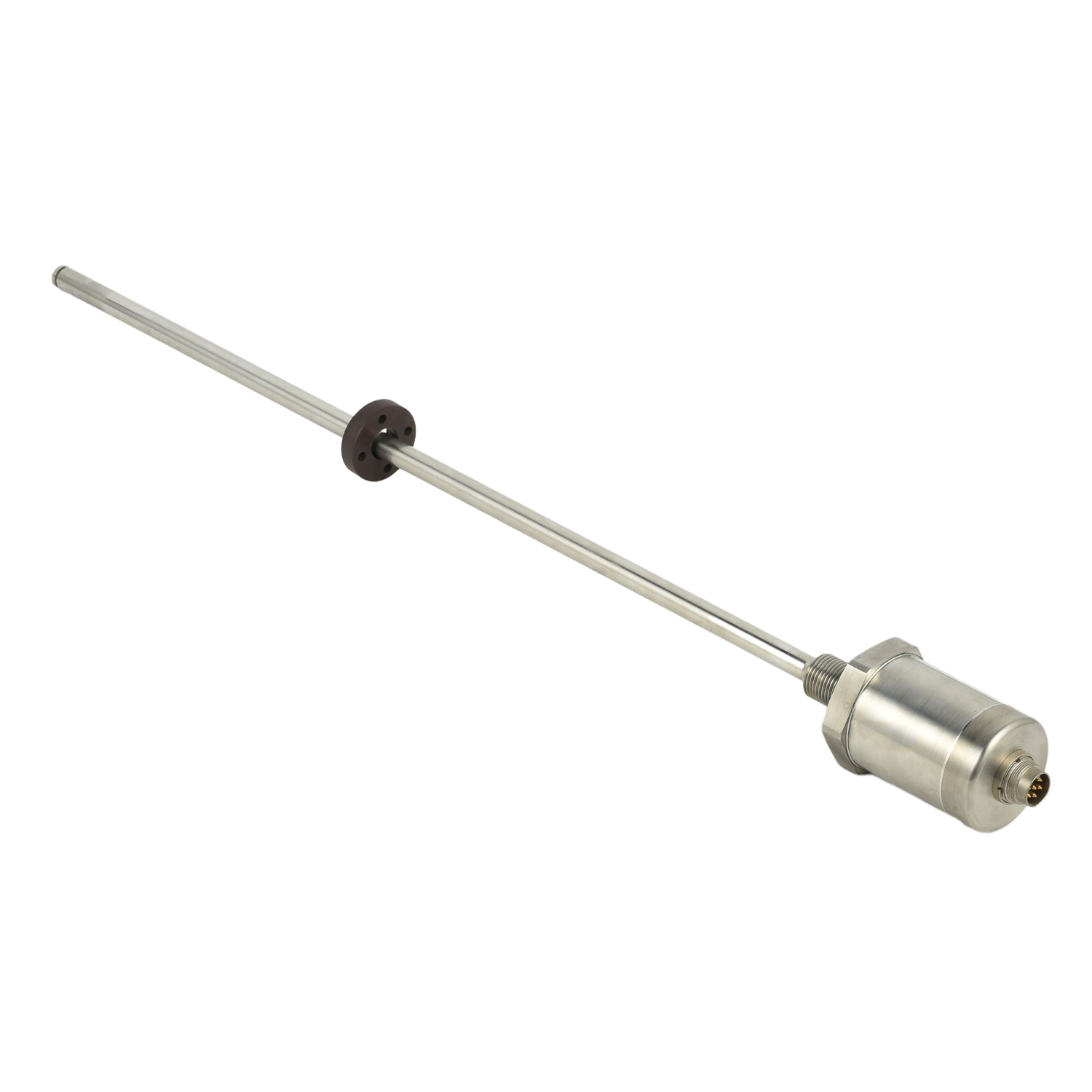How to design waterproof magnetostrictive sensors?
Designing effective waterproof magnetostrictive sensors requires addressing multiple engineering challenges simultaneously. These precision instruments must maintain accurate position sensing capabilities while withstanding exposure to liquids, humidity, and extreme environmental conditions. The fundamental operating principle involves measuring the time difference between the torsion wave generation and its return signal, a process that cannot be compromised by water intrusion or corrosion. Successful waterproof designs combine appropriate material selection, advanced sealing technologies, and robust mechanical construction to ensure long-term reliability in applications ranging from hydraulic systems to marine equipment.
Selecting Appropriate Housing Materials
The first critical step involves choosing corrosion-resistant materials for the sensor housing and components. Stainless steel grades 316 or 304 provide excellent protection against rust and chemical degradation, while anodized aluminum offers a lighter alternative with good corrosion resistance. For the waveguide tube, seamless stainless steel with polished interior surfaces prevents moisture accumulation and reduces signal attenuation. External surfaces should undergo passivation treatments to enhance their inherent corrosion resistance, while internal components may require specialized coatings or platings to prevent galvanic corrosion between dissimilar metals.
Implementing Multi-Layer Sealing Systems
Effective waterproofing employs redundant sealing strategies at all potential entry points. Primary sealing begins with high-grade elastomeric O-rings made from materials like fluorocarbon or EPDM, which maintain elasticity across temperature ranges from -40°C to 150°C. These should be installed in precisely machined grooves with surface finishes better than 3.2μm to ensure perfect compression without deformation. Secondary seals using anaerobic thread lockers on fastener connections prevent capillary action along threaded interfaces. For extreme pressure applications, metal-to-metal seals using copper or indium gaskets provide additional protection where elastomers might fail.
Advanced Cable Gland and Connector Waterproofing
The electrical connection points represent critical vulnerability areas that require specialized attention. Industrial-grade cable glands with double compression seals and strain relief mechanisms prevent water migration along cable conduits. For connector interfaces, choose IP68-rated circular connectors with multiple sealing rings and backshell protection. Potting the connector internals with flexible polyurethane or silicone compounds provides additional insurance against moisture penetration. For permanently installed sensors, consider welding hermetically sealed feedthrough connectors directly to the housing to eliminate potential leakage paths entirely.
Pressure Balancing and Equalization Techniques
In submersible applications, pressure differentials can force moisture through microscopic gaps in seals. Incorporating pressure compensation elements allows internal and external pressures to equalize without compromising the sealed environment. Flexible bellows or diaphragms made from corrosion-resistant alloys can maintain isolation while accommodating pressure variations. For deep-water applications, oil-filled systems with compensators prevent collapse under high hydrostatic pressure. These systems require careful engineering to ensure the compensation mechanism doesn't introduce additional failure points or affect measurement accuracy.
Testing and Validation Protocols
Rigorous testing validates the waterproof integrity of magnetostrictive sensors under simulated operating conditions. Conduct IP68 testing by submerging sensors in water at specified depths for extended durations while monitoring electrical characteristics and measurement accuracy. Thermal cycling tests between extreme temperatures verify seal integrity through expansion and contraction cycles. Additional vibration testing ensures mechanical fasteners and seals maintain performance under dynamic conditions. These validation procedures should exceed the expected environmental requirements to build in safety margins for long-term reliability.
The implementation of these design considerations enables magnetostrictive sensors to perform reliably in demanding environments where moisture, chemicals, or pressure variations would otherwise compromise functionality. Through careful material selection, redundant sealing strategies, and thorough validation, engineers can create waterproof sensors that maintain precise position measurement capabilities while withstanding the challenges of industrial and marine applications.

 UpgradingYourLevelMeasurementS
UpgradingYourLevelMeasurementS
 Why are magnetostrictive level
Why are magnetostrictive level
 ComparingMagnetostrictiveandRa
ComparingMagnetostrictiveandRa
 MagnetostrictiveLevelSensorfor
MagnetostrictiveLevelSensorfor
